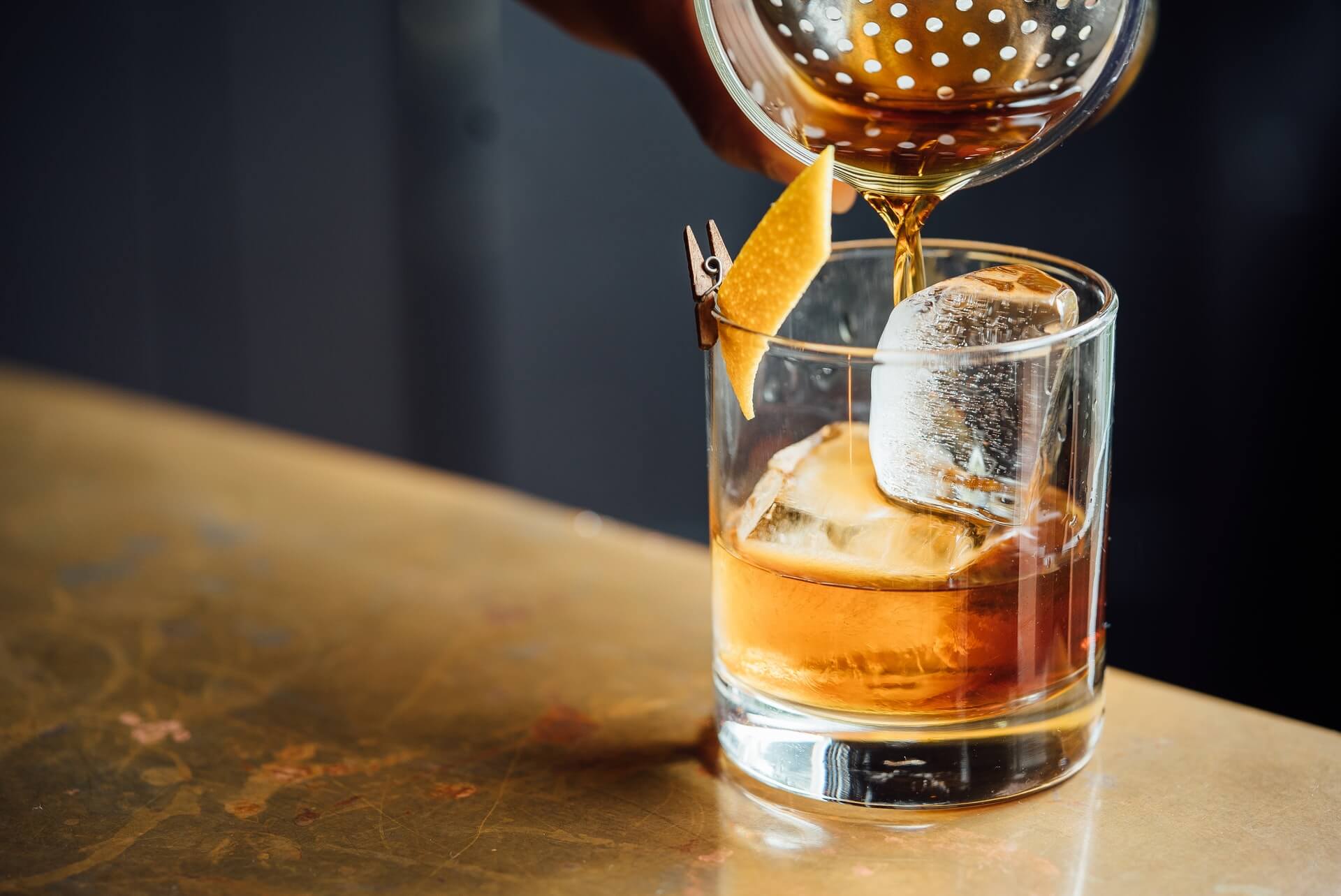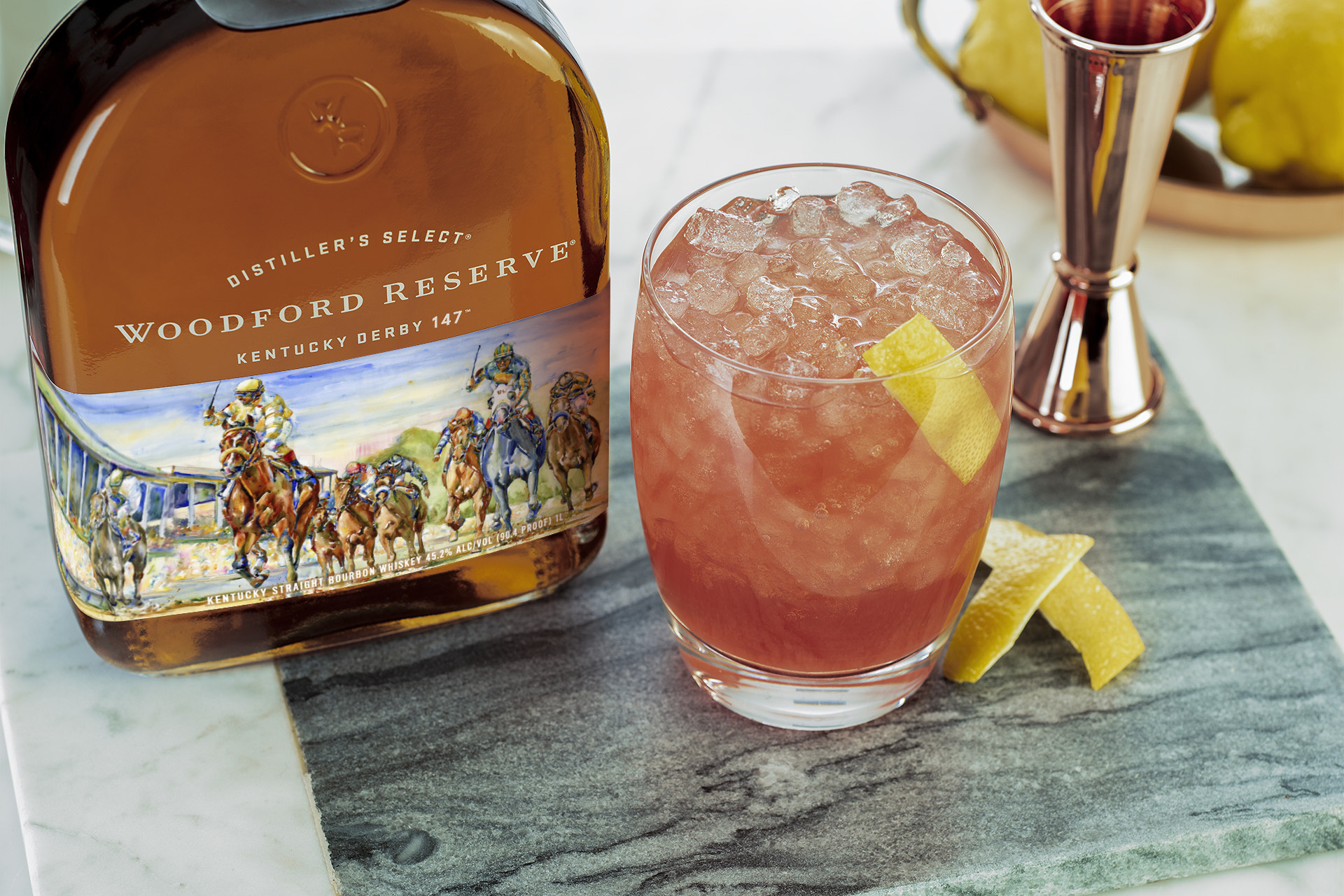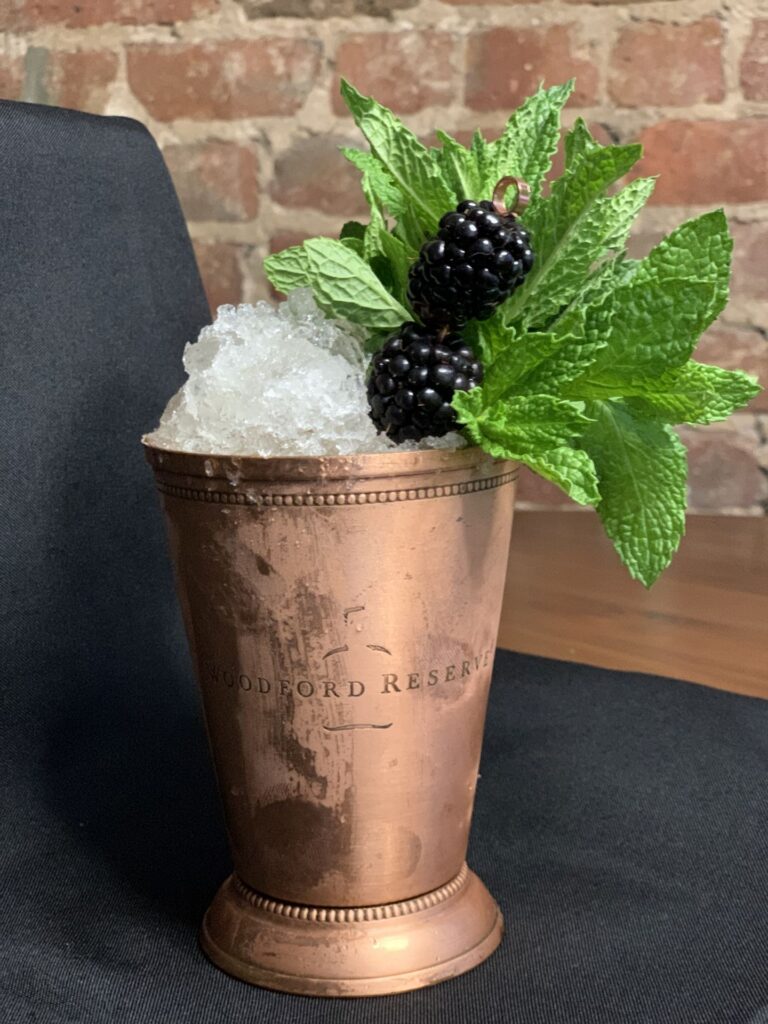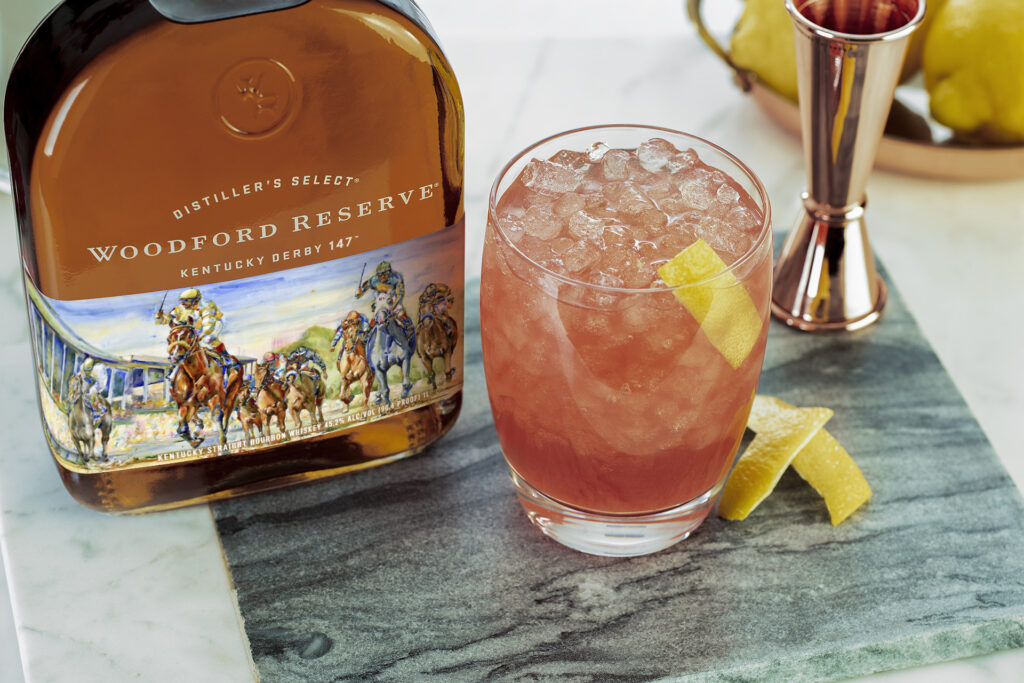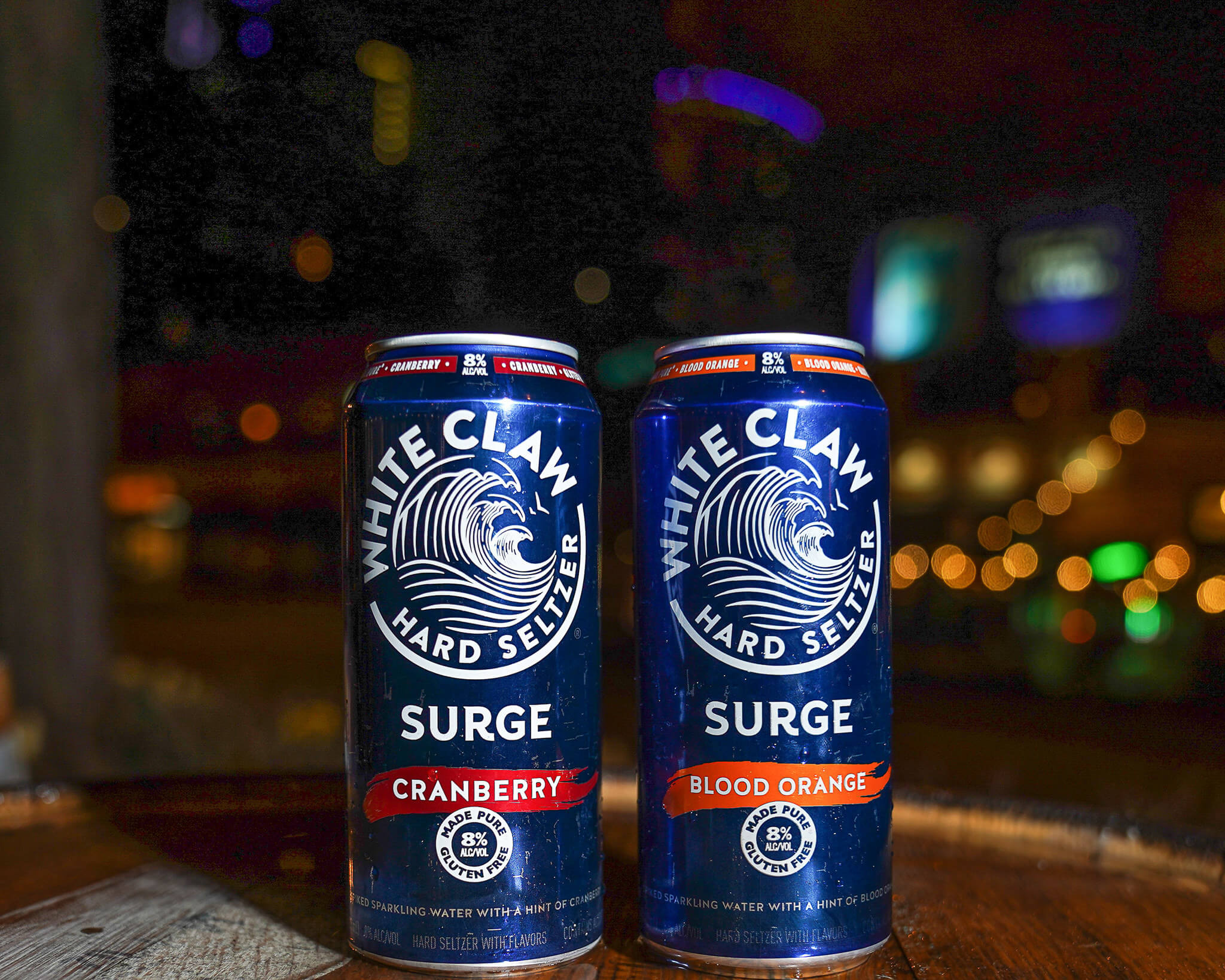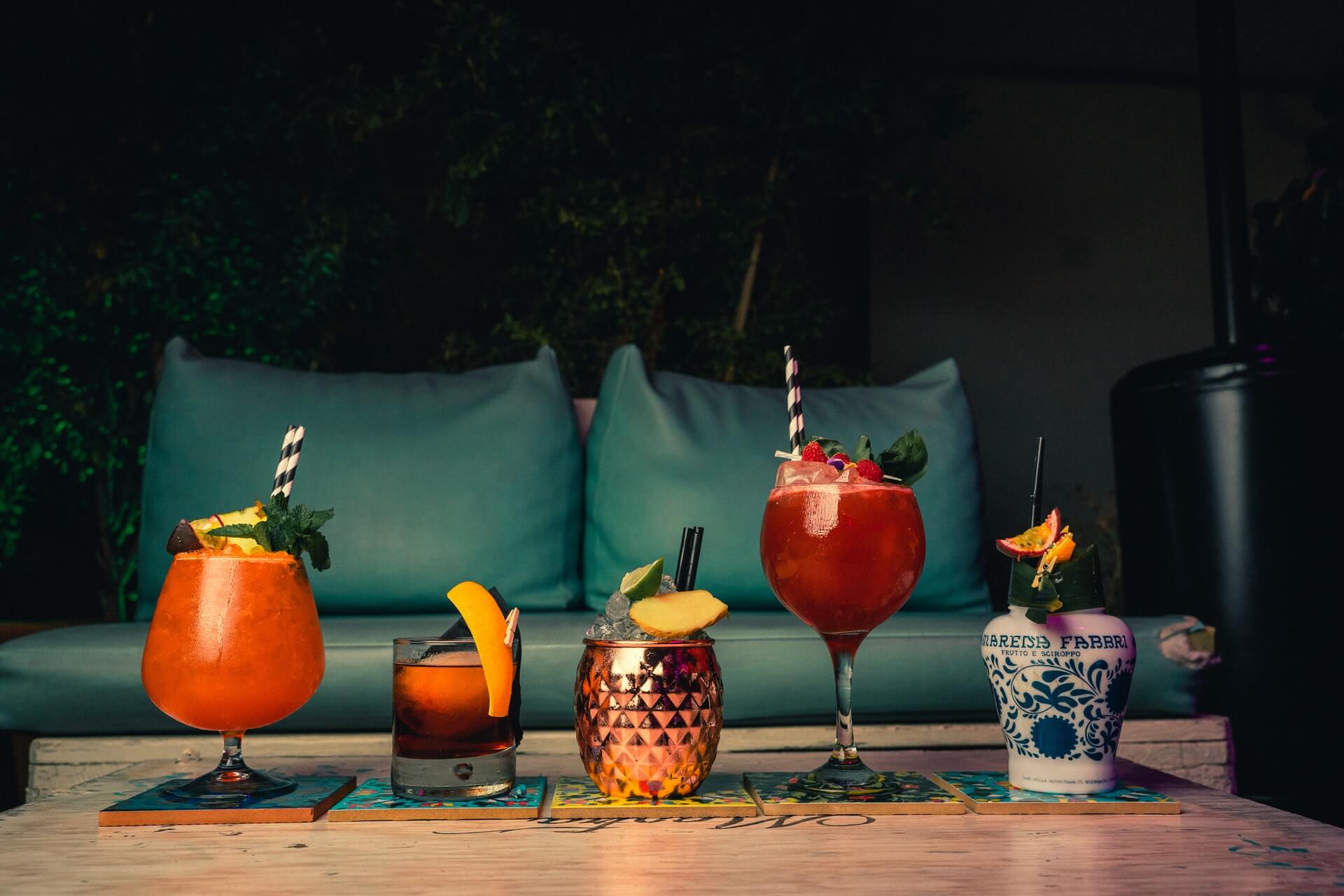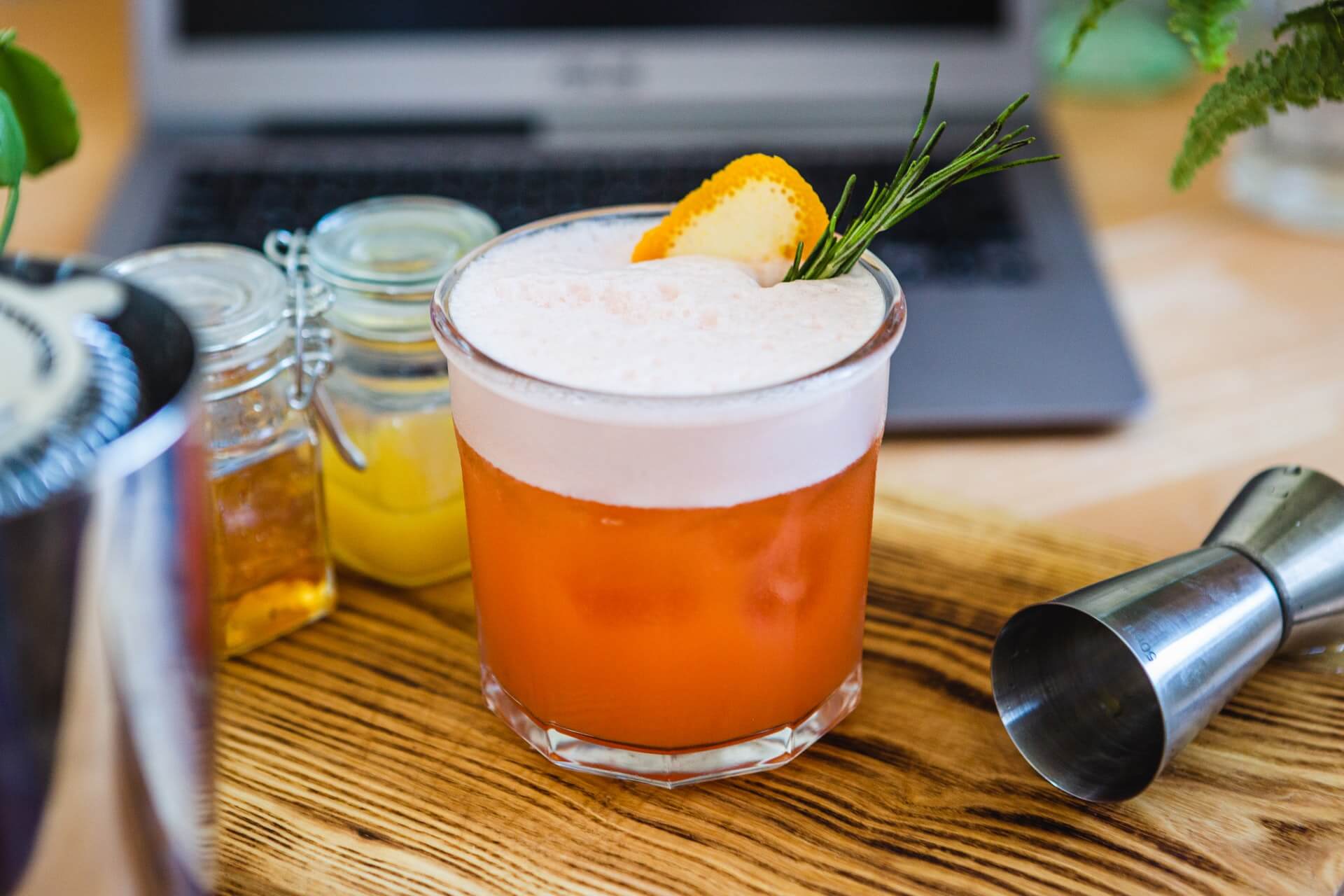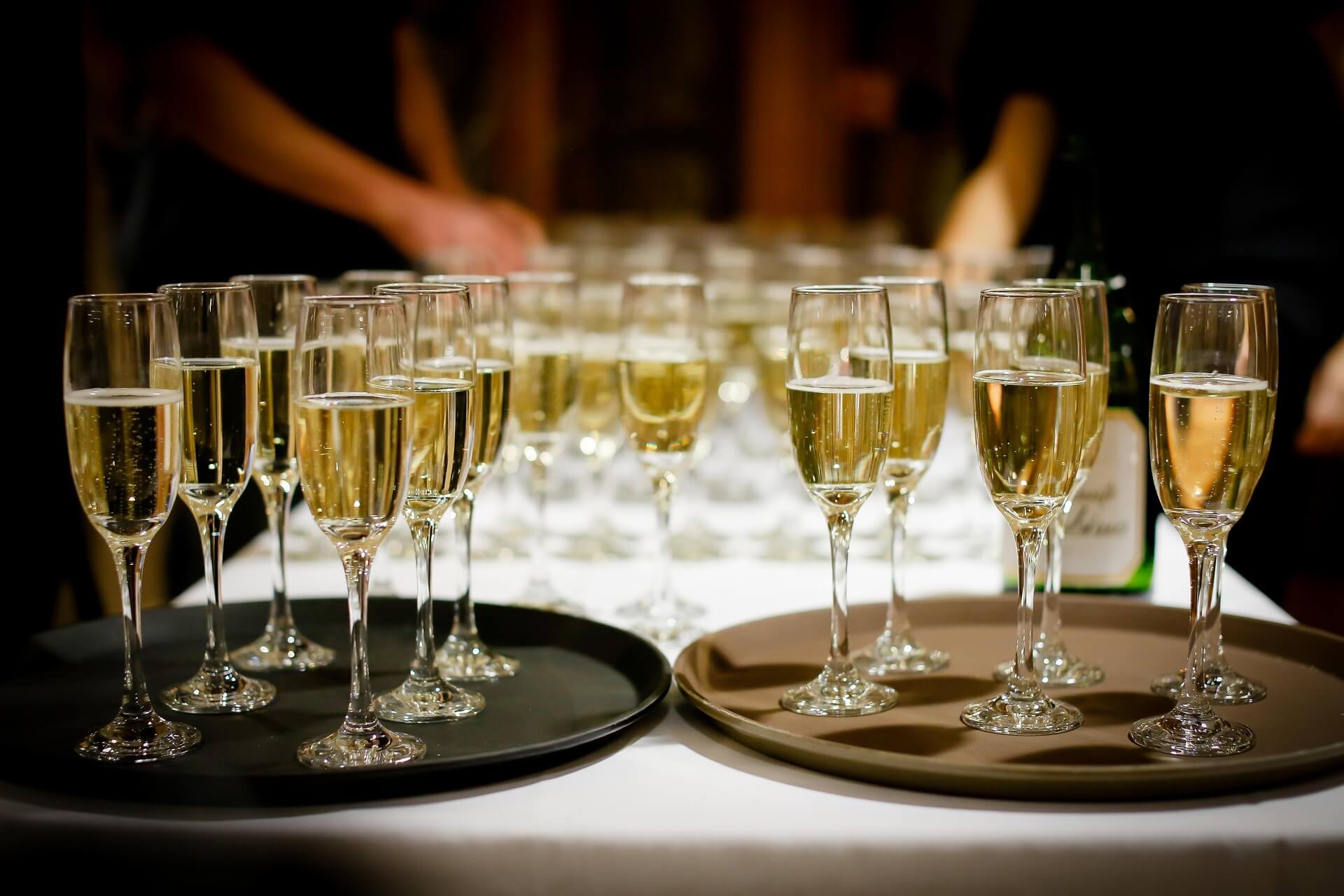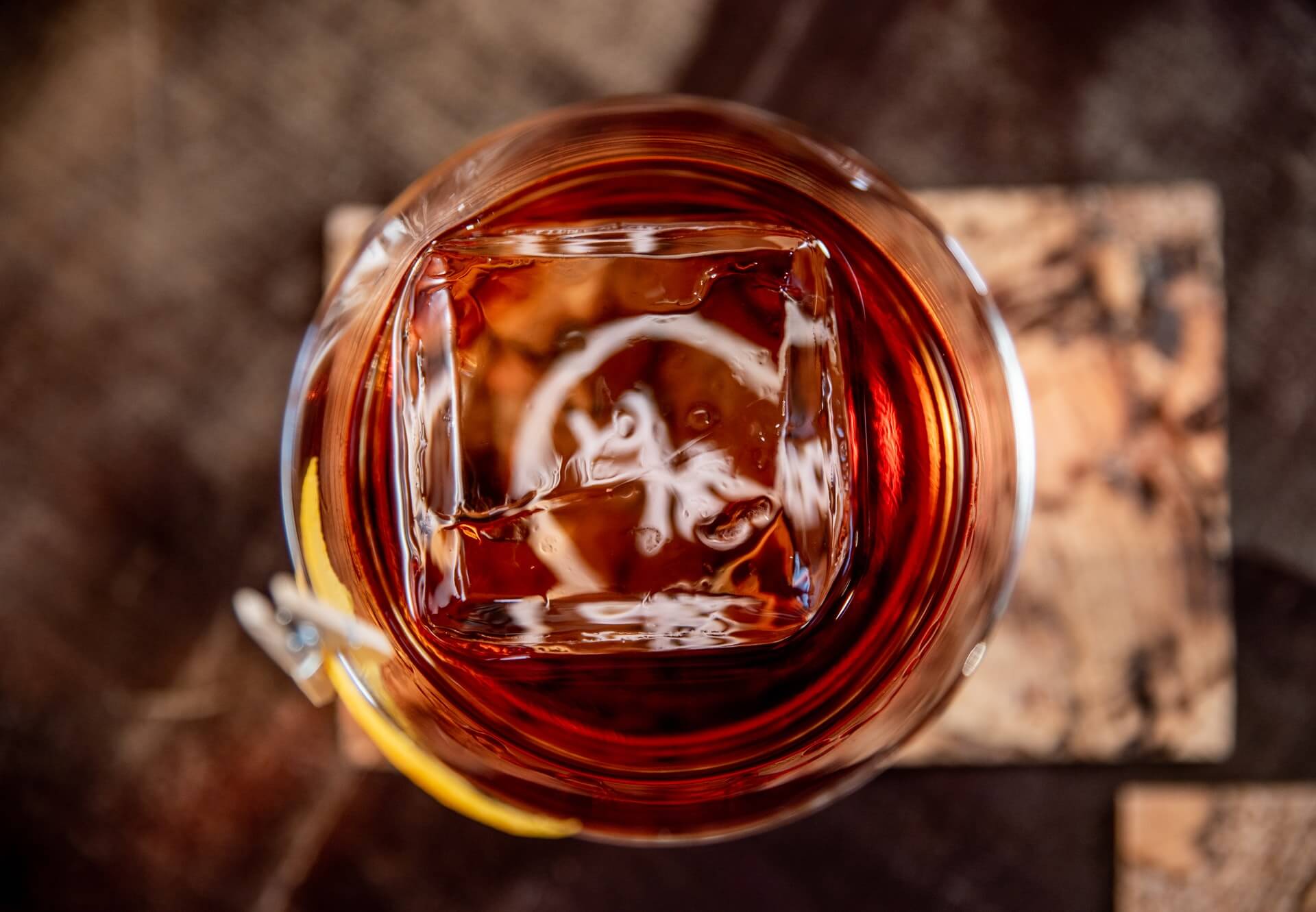Where are To-Go Cocktails Legal?
by David Klemt
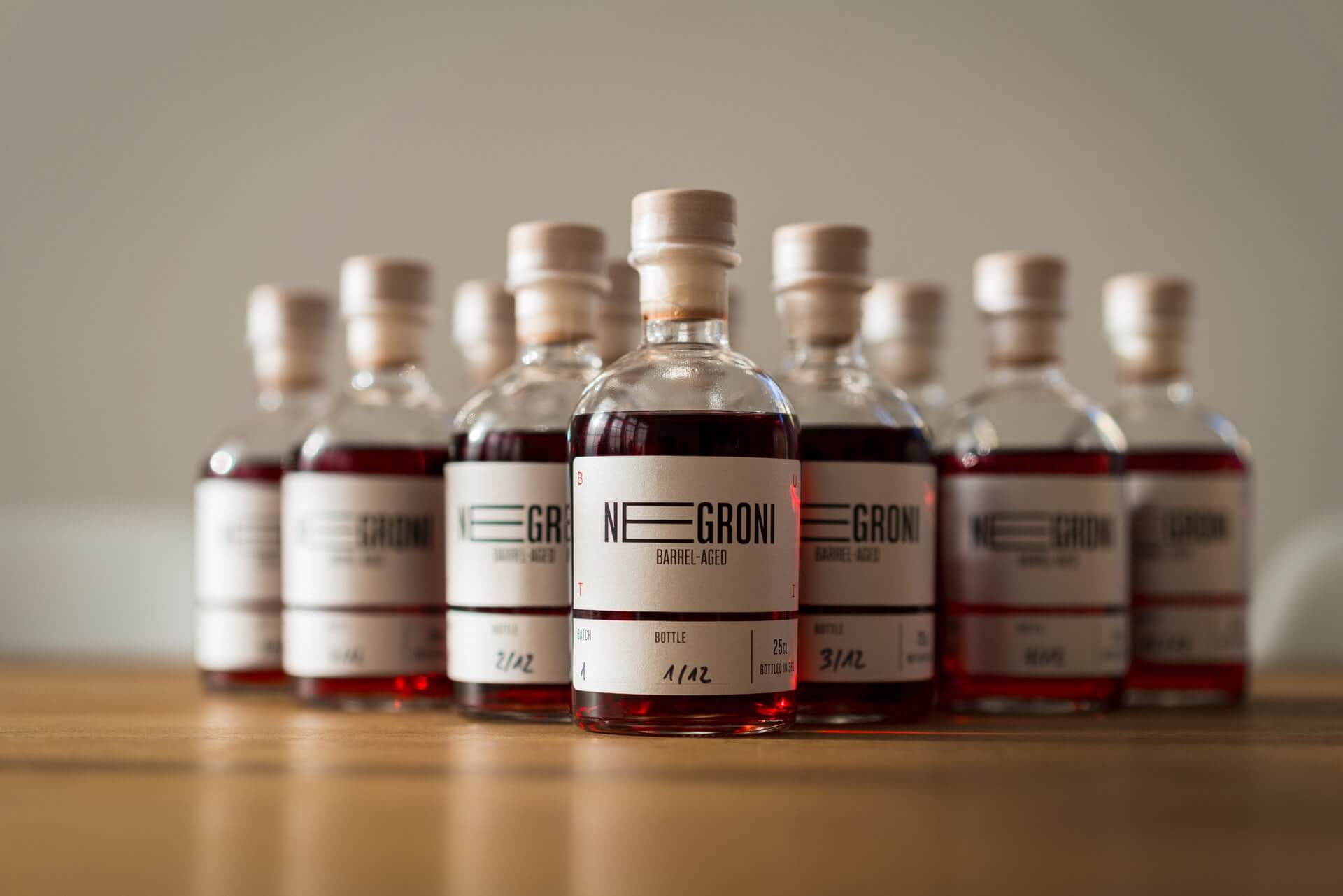
We’re still coming to grips with what the industry will look like post-pandemic. One pandemic-driven adaptation is to-go cocktails.
For this article, “cocktails” means mixed drinks specifically, as that is how most jurisdictions are defining such to-go drinks.
In some markets, operators can now offer to-go mixed drinks permanently. Some jurisdictions are offering extensions to temporary sales, while others are considering bills.
The To-Go Pivot
Clearly, our industry responds to guest demands and expectations. And what does today’s guest expect? For their every customized whim to be fulfilled—conveniently.
Therefore, it only makes sense that operators constantly adapt to encourage guest loyalty (as far as that’s possible).
People are itching to get out more, impatient to return to their pre-pandemic lives. Even so, the convenience of drinking and dining at home appeals to large swaths of the public.
Of course, it’s not just convenient.
Providing guests the choice to enjoy a restaurant or bar’s F&B offerings and semblance of their unique experience at home—including cocktails—is also about safety and comfort levels.
Obviously, we want guests to be able to comfortably and safely gather in restaurants, bars, hotels, and every other type of hospitality venue. That’s a given.
However, if some people are more comfortable at home for now, operators in a position to meet guests where they are to generate revenue should do so.
Lawmakers Respond
Carryout and delivery beer and wine sales have been legal for some time in many states. Mixed drinks, not so much.
The rules addressing “to-go” cocktails (carryout and delivery are more accurate) were relaxed in several markets in response to indoor dining bans and shutdowns.
However, “loose” laws aren’t permanent changes. Some jurisdictions will eventually rescind their relaxed approach and ban to-go cocktails unless specific legislation passes.
Iowa is the first American state to legalize to-go cocktails permanently. The vote was unanimous in the Iowa House and nearly so in the Iowa Senate.
Operators in Canada or America who intend to sell to-go cocktails must be aware of their jurisdiction’s specific rules, including but not limited to packaging requirements, volume restrictions, food sale components, and transportation laws.
Canada: Delivery and Carryout Rules
Currently, KRG Hospitality operates in Alberta, British Columbia, and Ontario for the Canadian market. Therefore, we’re focusing on those provinces for this article.
Alberta
While packaged, unopened liquor may be sold for off-site consumption, pre-made cocktails may not. Food sales must accompany liquor sales.
British Columbia
The province’s approach to liquor sales for delivery and carryout are the same as Alberta’s. Operators can’t sell to-go mixed drinks.
Ontario
Restaurants and bars can sell pre-made cocktails sealed in bottles, cans, and bags. Like the other two provinces, food sales must accompany to-go liquor sales.
America: Permanent, Extended, Up for Consideration
In total, 11 states have made the move to legalize to-go mixed drinks permanently:
- Arkansas
- Florida
- Georgia
- Iowa
- Kentucky
- Montana
- Ohio
- Oklahoma
- Texas
- West Virginia
- Wisconsin
Others have introduced bills to make to-go cocktails legal permanently:
- Arizona
- California
- Kansas
- Minnesota
- Missouri
- Nebraska
- New Hampshire
- New Jersey
- New York
- Oregon
- Pennsylvania
A handful have extended to-go cocktails until at least 2022:
- Delaware (March 2022)
- Illinois (2024)
- Maine (September 2022)
- Virginia (July 2022)
- Washington (July 2023)
Image: Jonas Tebbe on Unsplash


